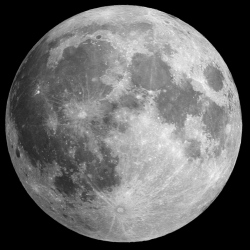
The moon has many hundreds of large lava tube caves. The Lunar Reconnaissance Orbiter has now imaged over 200 pits that show the signature of being skylights into subsurface voids or caverns, ranging in diameter from about 16 feet (5 meters) to more than 2,950 feet (900 meters).
There is a Sinuous of collapse pits transitioning into a continuous uncollapsed segment of a lunar lava tube. The chain is about 50 km long.
Inflatable module with a hard outer shell could be placed into tubes and they would be designed to seal the openings.
Any intact lava tube on the Moon could serve as a shelter from the severe environment of the Lunar surface, with its frequent meteorite impacts, high-energy ultra-violet radiation and energetic particles, and extreme diurnal temperature variations. Lava tubes provide ideal positions for shelter because of their access to nearby resources. They also have proven themselves as a reliable structure as they have remained stable for billions of years.
An underground colony would escape the extreme of temperature on the Moon’s surface. The surface can have big temperature swings from the day of 123 °C (253 °F) to night time −153 °C (−243 °F). Underground, both periods would be around −23 °C (−9 °F), and humans could install ordinary heaters.
Concentrations of titanium on the Moon range from about 1 percent to a little more than 10 percent. On Earth, the highest concentrations rarely get above 3 percent.
